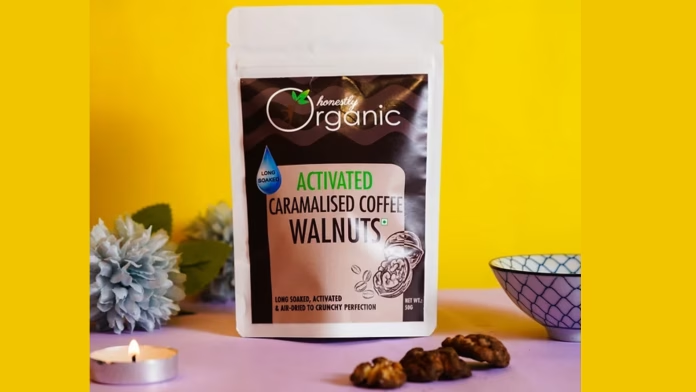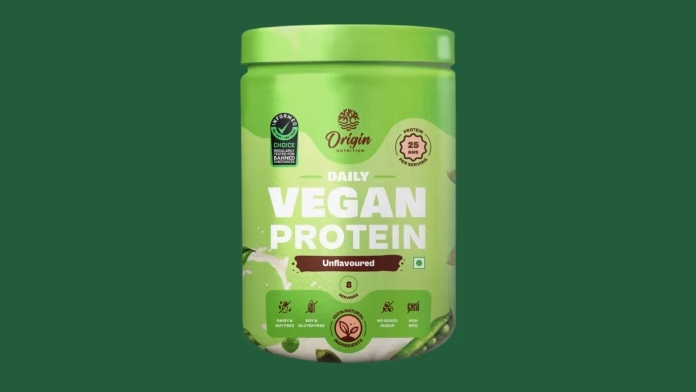Burgers have come a long way from being a humble fast-food staple to a gourmet delicacy. And in the heart of Delhi, there is a restaurant that has taken the burger game to the next level. If you are a burger lover, then you must head to this place to indulge in the most delicious gourmet burgers that will leave your taste buds singing.
Located in the posh locality of Greater Kailash, Chard Delhi Burger Outlet is a haven for burger aficionados. From classic burgers to unique creations, their menu has something for everyone. So, let’s dive into the world of gourmet burgers and discover what this restaurant has to offer.
The Ambience
As you enter the restaurant, you are greeted with a cozy and warm ambiance that is perfect for a casual dining experience. The wooden interiors and dim lighting create a relaxed and comfortable atmosphere that is perfect for a dinner date or a family outing.
The walls are adorned with graffiti and pop culture references that add a quirky touch to the decor. The restaurant has both indoor and outdoor seating options, so you can enjoy your burger while soaking up the sun or basking in the cool evening breeze.
The Menu
Now let’s talk about the star of the show, the burgers! The menu is divided into different sections, each offering a unique burger experience. The Classic section has all the traditional burgers such as the cheeseburger, bacon burger, and mushroom burger. These burgers are perfect for those who love the simplicity of a classic burger.
But if you are looking for something more adventurous, then the Signature section is where you should be looking. This section features unique burgers that are a fusion of different cuisines. For example, the Butter Chicken Burger is a burger patty infused with the flavours of the popular Indian dish, butter chicken. It is served with a side of naan bread and mint chutney, giving you a complete Indian experience in a burger.
Another standout burger from the Signature section is the Korean BBQ Burger. This burger features a beef patty marinated in Korean BBQ sauce and topped with kimchi and spicy mayo. It is a perfect fusion of Korean and American flavors and is a must-try for anyone who loves bold flavors.
For those who prefer vegetarian options, the Veggie section has some amazing choices. The Falafel Burger is a delicious burger patty made from chickpeas and spices, served with hummus and pita bread. The Quinoa Burger is another great option for health-conscious diners, as it is made from quinoa, sweet potato, and black beans.
Apart from burgers, the menu also features sides such as fries, onion rings, and sweet potato fries. You can also choose from a range of beverages, including milkshakes, soft drinks, and cocktails.
The Experience
The Chard restaurant not only offers delicious food but also a unique dining experience. The staff is friendly and attentive, and they go out of their way to make sure that you have a great time. The burgers are served on a wooden board with a knife through them, which adds a rustic touch to the presentation.
The portions are generous, and the prices are reasonable, making it an ideal place for a casual dinner with friends or family. The restaurant also offers home delivery services, so you can enjoy your favourite burger in the comfort of your home.
If you are a burger lover, then you must visit this restaurant to indulge in some of the most delicious gourmet burgers in Delhi. With a cozy ambiance, friendly staff, and a menu that caters to every palate, this restaurant is a must-visit for anyone who loves burgers.
Whether you are in the mood for a classic burger or want to try something unique, this restaurant has something for everyone. So, what are you waiting for? Head over to this Chard restaurant and treat yourself to a mouth-watering burger that will leave your taste buds singing.










